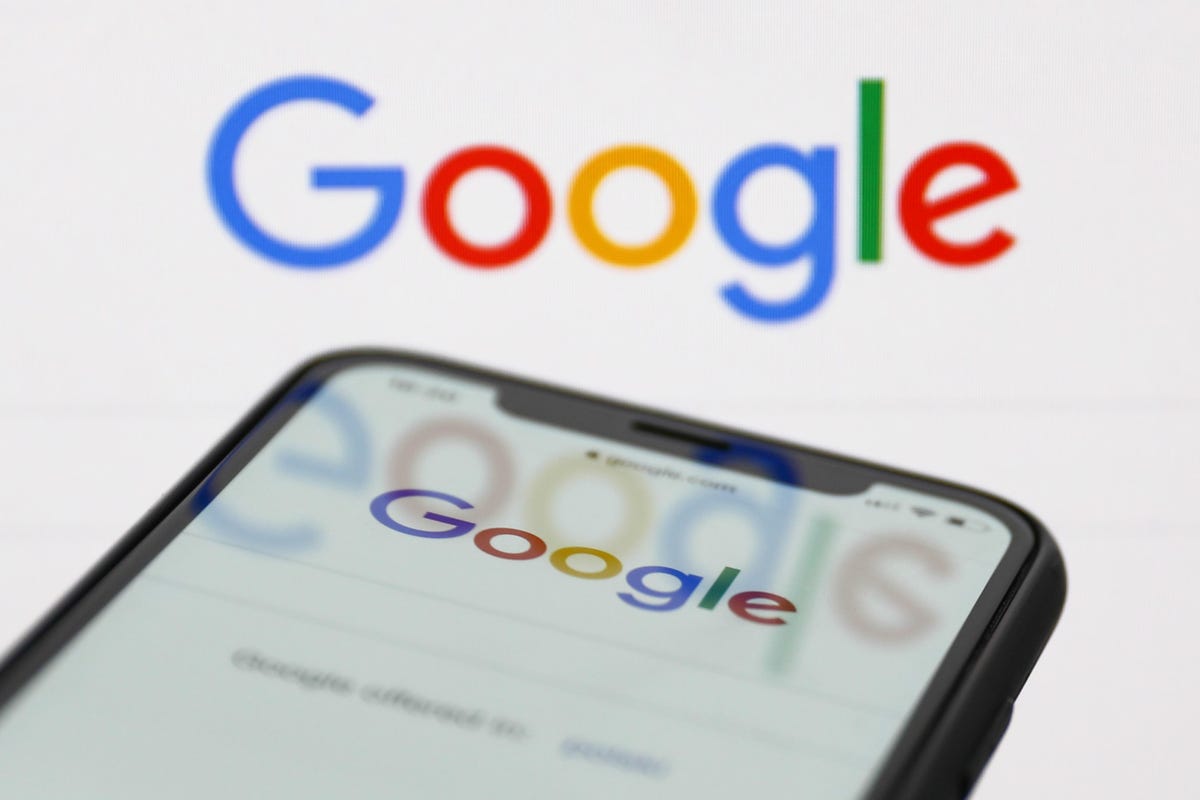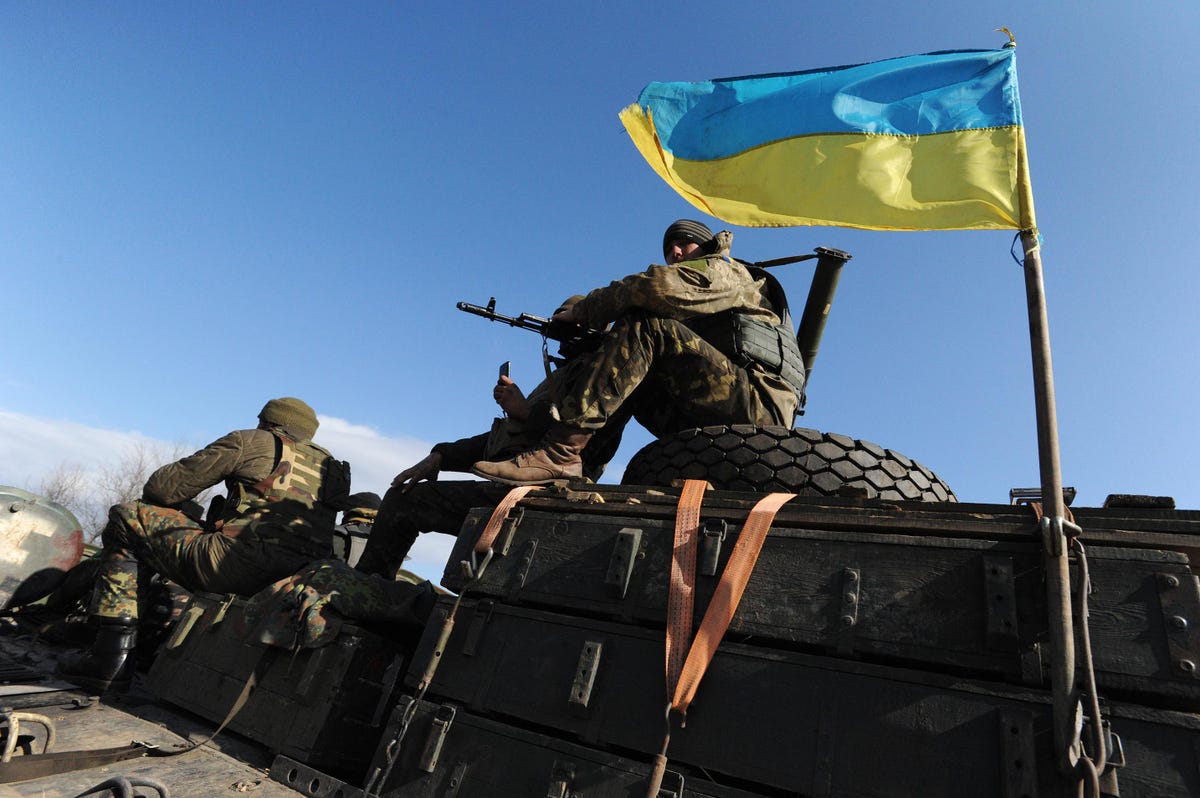Ukrainian Navy Forces servicemen of the 92nd mechanized brigade use tanks, self-propelled weapons … [+] and different armored automobiles to conduct live-fire workout routines close to the city of Chuguev, in Kharkiv area, on February 10, 2022.
Practically a thousand years in the past, the newly transformed Christian inhabitants in what’s now Ukraine determined to construct one thing grand, a church to rival the Hagia Sophia, then the gravitational heart of their Jap Orthodox religion. So someday within the eleventh Century, a military of builders—doubtless recruited instantly from the Byzantine Empire, the house of the Hagia Sophia—constructed a blue, many-domed cathedral in Kyiv, filling it with over 800 sq. ft of mosaics and frescoes.
On this century, Kyiv’s St. Sophia Cathedral has continued to get pleasure from delight of place in Ukrainian consciousness. In 2019, over 100,000 folks lined up outside on cobblestone streets to see an official declaration: The Ukranian Orthodox church would seperate from the one in Russia. Across the similar time, Ukranian Orthodox officers gathered there to vote and elect a brand new chief.
And most just lately, U.S. officers used St. Sophia in a Twitter meme on Tuesday morning.
The tweet, despatched by the State Division’s official account for the U.S. embassy in Kyiv, is supposed to underscore Ukraine’s longtsanding historical past seperate from Russia, a key argument by each Western and Ukraine governments to dispell Russian claims over territory inside Ukraine. The informal, conversational nature of the embassy’s message—delivered in a format normally meant for light-hearted jokes—contrasts starkly with the more and more dire scenario in Ukraine with America and different allies speeding to forestall a full-scale Russian invasion.
The tweet displays a broader fact concerning the confrontration between Ukraine and Russia: Like so many trendy conflicts, the competition won’t solely unfolding between forces on the bottom but in addition between adversaries on-line. (The State Division didn’t return a request to remark concerning the Twitter meme.)
Russia, in fact, has lengthy understood the strategic crucial to function a digital frontline in opposition to America and different opponents. For instance, Russian hackers tried to obtain emails despatched by the aides related to the Orthodox chief who determined to separate the Ukrainian and Russian church buildings, a transfer Moscow feared would additional strengthen anti-Russian sentiment in Ukraine and push the nation farther away from the Kremlin.
Russia has ochestrated its personal digital marketing campaign in latest weeks, too, and far of that has come from the web sites of Russian state-owned media shops, like RT, Sputnik Information and TASS. The disinformation is then unfold considerably via Telegram, a messaging service created by a Russian billionaire and fashionable in that a part of the world. Not too long ago, the pro-Russian information companies have shifted from carrying tales denying there’d be any invasion to totally different angles: baselessly suggesting the West had beforehand staged a coup in Ukraine and that ethnic Russians in Ukraine’s contested Dombas area have confronted government-sactioned violence and persecution.
With night time falling on St. Sophia Tuesday, Dmytro Zolotukhin, Ukraine’s former deputy minister of data coverage who tracked Russian disinformation techniques in opposition to Ukraine’s 2020 presidential marketing campaign, likened the present scenario on the bottom to a different type of gallows humor on Twitter.
“You already know the image of the canine sitting within the burning home and saying, ‘No, no I’m okay—it’s advantageous?’” he asks, referencing this meme. “That’s our completely ‘regular’ scenario proper now.”






